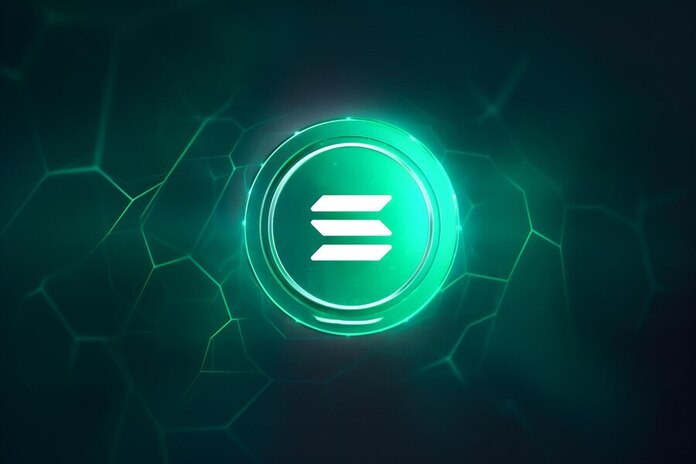Have you ever noticed that telemarketers have a way of calling at the worst possible time? Say, right when you’re about to sit down and enjoy dinner? I used to get these pesky dinnertime calls all the time. Not only were they frustrating, but they never seemed successful for the companies trying to drum up leads (at least at my house). Well, I’m here to tell you that the days of these dinnertime cold calls are long over. In this post, we’ll talk best practices for inbound lead generation that are effective, strategic, and don’t ruin anyone’s dinner. First, we’ll start with defining a lead, and then we’ll cover what online lead generation is, and why you need it. Next, we’ll go into how to qualify someone as a lead, how to label lead types, how you generate leads, and why inbound lead generation is much more effective than simply buying leads.
What is a lead? A lead is any person who indicates interest in a company’s product or service. Leads typically hear from a business or organization after opening communication (by submitting personal information for an offer, trial, or subscription), instead of getting a random cold call from someone who purchased their contact information. Let’s say you take an online survey to learn more about how to take care of your car. A day or so later, you receive an email from the auto company that created the survey. This process is far less intrusive than if they’d just called you out of the blue. From a business perspective, the information the auto company collects about you from your survey responses helps them personalize that opening communication to address your existing problems. Leads are part of the lifecycle of transitioning visitors to customers. Not all leads are the same. There are different types of leads based on how they are qualified and what lifecycle stage they’re in.
Marketing Qualified Lead (MQL) Marketing qualified leads are contacts who have engaged with your marketing team’s efforts but aren’t ready to receive a sales call. An example of an MQL is a contact who fills out a landing page form for an offer. Sales Qualified Lead (SQL) Sales qualified leads are contacts who’ve taken actions that expressly indicate their interest in becoming paying customers. An example of an SQL is a contact who fills out a form to ask a question about your product or service. Product Qualified Lead (PQL) Product qualified leads are contacts who’ve used your product and taken actions that indicate interest in becoming a paying customer. PQLs typically exist for companies who offer a product trial or a free or limited version of their product with options to upgrade. An example of a PQL is a customer who uses your free version but asks about paid features. Service Qualified Lead Service qualified leads are contacts or customers who’ve indicated to your service team that they’re interested in becoming paying customers. For example, a customer could tell their customer service representative that they’d like to upgrade their product subscription. At this time, the customer service representative would up-level this customer to the appropriate sales team or representative.
What is lead generation? Lead generation is the process of attracting prospects to your business and increasing their interest through nurturing, all with the end goal of converting them into a customer. Some ways to generate leads are through job applications, blog posts, coupons, live events, and online content. These lead generators are just a few examples of lead generation strategies you can use to attract potential customers and guide them toward your offers. Whenever someone outside the marketing world asks me what I do, I can’t simply say, “I create content for lead generation.” I’d get some really confused looks. So instead, I say, “I work on finding unique ways to attract people to my business. I want to provide them with enough goodies to get them interested in my company so they eventually warm up to the brand and want to hear from us!” That usually resonates better, and that’s exactly what lead generation is: It’s a way of warming up potential customers to your business. This gets them on the path to eventually making a purchase.
Why do you need lead generation? When someone shows an organic interest in your business, the transition from stranger to customer is much more natural. You enhance this transition through inbound marketing. Inbound marketing is a methodology to attract loyal customers to your business by aligning with your target audience\’s needs. Creating tailored marketing experiences through valuable content is the core of an inbound marketing strategy that helps you drive customer engagement and growth. Lead generation falls within the second stage of the inbound marketing methodology. It occurs after you’ve attracted an audience and are ready to convert those visitors into leads for your sales team. As you can see in the diagram below, generating leads is a fundamental starting point in an individual’s journey to becoming a delighted customer.
The Lead Generation Process Now that we understand how lead generation fits into the inbound marketing methodology, let’s walk through the steps of the lead generation process. First, a visitor discovers your business through one of your marketing channels, such as your website, blog, or social media. That visitor then clicks on your call-to-action (CTA) — an image, button, or message that encourages website visitors to take some sort of action. That CTA takes your visitor to a landing page, which is a web page designed to capture lead information in exchange for an offer. Once on the landing page, your visitor fills out a form in exchange for the offer. Voila! You have a new lead. That is, as long as you follow lead-capture best practices. Note: An offer is the content or resource that’s being promoted on the landing page, like an ebook, a course, or a template. The offer must have enough value for a visitor to provide their personal information in exchange for access to it. See how everything fits together? To sum it up: A visitor clicks a CTA that takes them to a landing page where they fill out a form to get an offer, at which point they become a lead. By the way, you should check out our free lead generation tool. It helps you create lead capture forms directly on your website. Plus, it\’s easy to set up.
How to Generate Leads Once you put all of these elements together, you can use your various promotional channels to drive traffic to your landing page to start generating leads. But what channels should you use to promote your landing page? Let’s talk about the front end of lead generation — lead gen marketing. If you’re wondering how to generate leads in digital marketing specifically, it’s time to analyze your existing online channels and identify opportunities for conversion. This can include everything from your website to your organic and paid social media presence. If you’re a visual learner, this chart shows the flow from promotional marketing channels to a generated lead. There are even more channels you can use to get visitors to become leads. We’ll discuss the most impactful below.
1. Create compelling content. Image Source Content — and its trusty companion, SEO — are often the go-to methods businesses use to generate leads. And for good reason, too! According to HubSpot’s 2024 State of Marketing Report, 16% of marketers say that the content-and-SEO combo resulted in the best ROI this year. Ryan Robinson, the founder and CEO of RightBlogger explains that content marketing and SEO “allow you to attract leads who are already interested in what you offer, rather than interrupting people with disruptive ads and promotions.” Content is a great way to guide users to a landing page. Typically, you create content to provide visitors with useful, free information. You can include CTAs anywhere in your content — inline, at the bottom of the post, in the hero section, or even on the side panel. Robinson shared an anecdote with me to illustrate just how powerful content and SEO can be for generating leads. “I vividly remember one client who initially found us after reading a blog post … That post showed him how AI writing assistants could streamline his process while still allowing for human…























